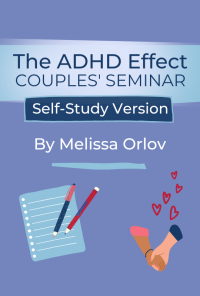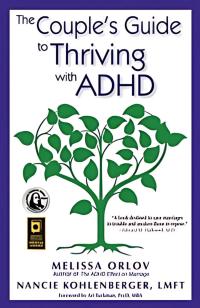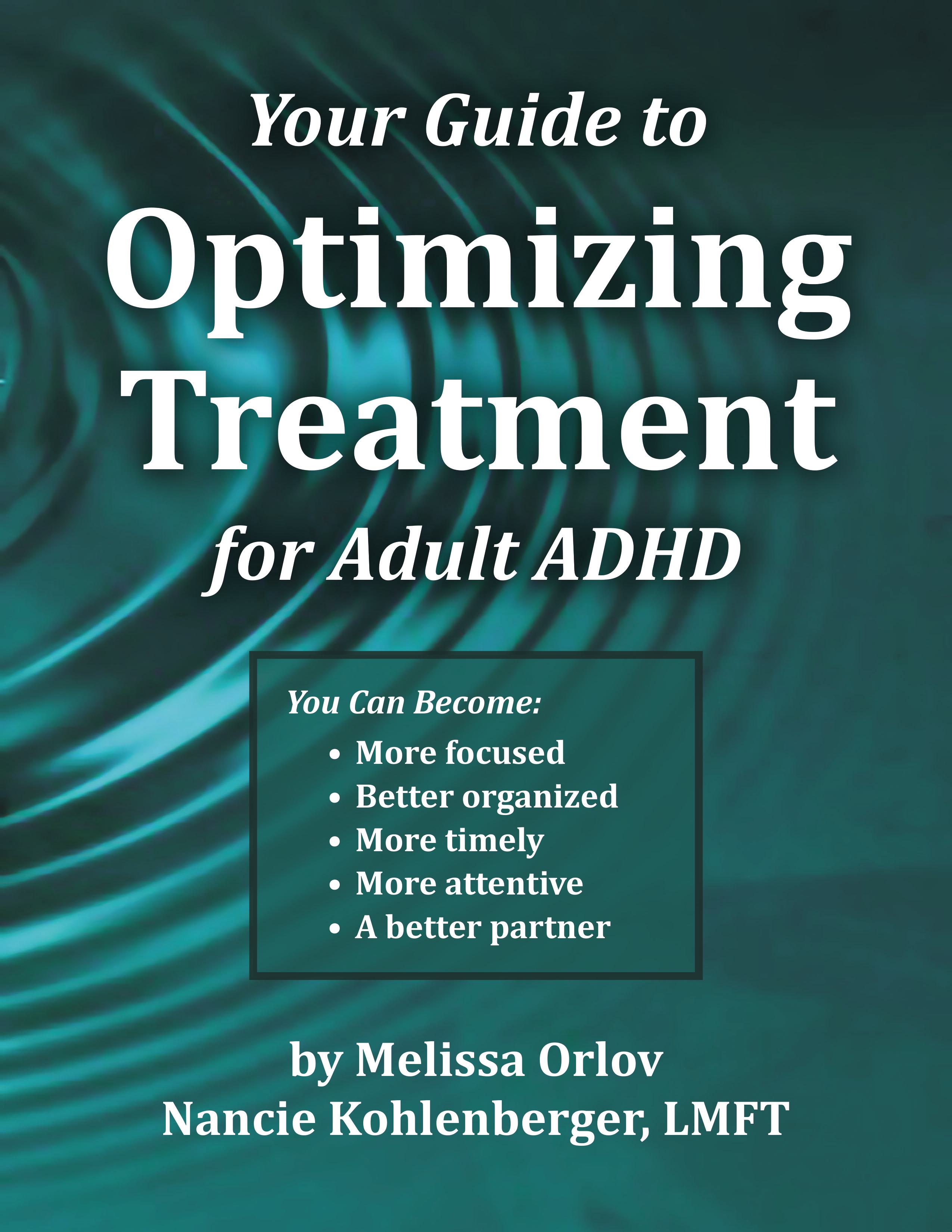Overview
Some of the most common words we use to describe our emotions are actually pretty vague. "I'm angry." Okay. How, exactly, should I respond to that other than to get out of your way?
Learning descriptive words is the first step in both identifying and communicating more effectively what you are feeling. When you do this it allows you to a.) find a more efficient way to address that emotion because you've been more precise in your understanding and b.) provide greater insight to others. When you do the latter you significantly improve the chances that your partner will respond to you in a way that feels good to you.
In a model of communication developed by The Relationship Institute, called the Three Intimacies, the ability to accurately name and then express the emotions that you are feeling is called self intimacy. It is the building block for both conflict intimacy and affection intimacy. Naming your emotions is something you can practice and develop skill in.
Exercise
- Download the emotions words list with the instructions below
- Set an alarm for three times during a day to take 1-2 minutes choosing specific words that describe how you feel right at that moment
- Do this for 1 week
- At the end of the week ask yourself "what did I learn?"
How to Use This with Your Partner
Bring the list with you if you and your partner have set times to discuss difficult or emotional issues. Tell your partner that you may use it to clarify what you are feeling and discussing. Chances are your partner will be delighted that you are making the effort.
If you wish, extend your practice in naming your emotions with the exercise above until you feel comfortable choosing words even when you don't have the list with you. Even without an alarm you can be mindful of your emotions at any time. Any and all practice you get being specific about naming your feelings will help you in conversations with your partner.
The Emotions Word List
There are words on this list that are about how you are feeling, and a few that are about how others treat you, which are about blaming others about how you feel. Try to choose words about your own emotions so you can avoid blame.
To view the list, click on the attachment.
To download the list, right click on the attachment and choose 'save as.'
| Attachment | Size |
|---|---|
| 75.24 KB |






